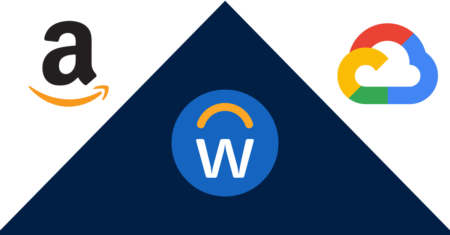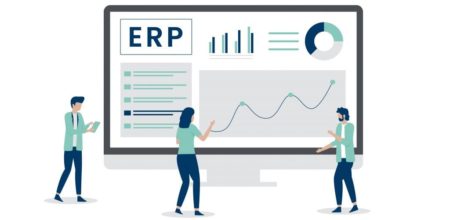There is a wealth of data and wealth in data. However, the true asset is in the power of data. But, what does power mean?
Search Results: customer (5397)
Heidi Neuhauser is the a Partner and Director of Customer Success at reEnhanced. She is an expert with Microsoft Dynamics…
Thomas Passad is a CRM application consultant at CRM-Konsulterna. He is an expert in customizing Dynamics 365 for customer engagement.…
Infor has now decided in essence to bet the company on the R&D muscle of cloud-infrastructure partner Amazon.
How can CIOs ensure their business retains strategic and operational success during transitions, with minimal disruption? This role is an imperative success factor and has never been more important in this ever-changing digital environment.Learn the 5 Key Strategies that can help CIOs sustain impactful work that offers mutual strategic benefits.
Founded in 1879, Funk Group is one of Germany’s most prominent independent risk consultants and insurance brokers. Currently, the company…
Business Need – Finding a Scalable B2B eCommerce Platform Bunzl is a multinational global sourcing and distribution company for a…
Cloud is revolutionizing the modern business landscape. Organizations that embrace the use of Software as a Service (SaaS) as a…
Dian Taylor is a Microsoft Business Applications MVP and Dynamics 365 (CRM) Presales Engineer (Director) at RSM. She is a…
Scott LeFante is the Director, Global Field Service Lead at RSM. He is also a CRM Executive with over 20…
As much as I respect Bill McDermott, his recent stereotyping of Oracle and SAP as digital dinosaurs is both incorrect and misleading.
In this piece, learn why investing in cloud data analytics, artificial intelligence, and following a cloud migration strategy can help businesses overcome future problems, whether it’s a pandemic supply chain disruption or a cyber attack.
Business Challenge – Reducing Paperwork for Accounting DePaul is a non-profit organization that works with the elderly and other patients…
The recent Amazon-Workday reset and Workday’s subsequent engagement with Google Cloud underscore the need for cloud-ecosystem nimbleness.
IT managers played a much more visible role in the workplace. This has become especially true due to the impact…
Business Challenge – Finding a way to improve supply chain management. Y. Hata & Co. Limited is the largest independent…
Business Challenge – Finding a Way to Streamline Multiple ERP Systems Bel Fuse is a global electronics manufacturer with over…
Carol Kossoris highlights her Community Summit 2021 Dynamics GP sessions on fixed assets, year-end essentials, mass updates, and HR/payroll
In this Cloud Wars Live episode, I talk with Jan Gilg, President of SAP S/4HANA, about the shift to a digital economy and more.
Microsoft Dynamics 365 plays an essential role in the management of daily operations, from customer engagement systems to serving as…





















